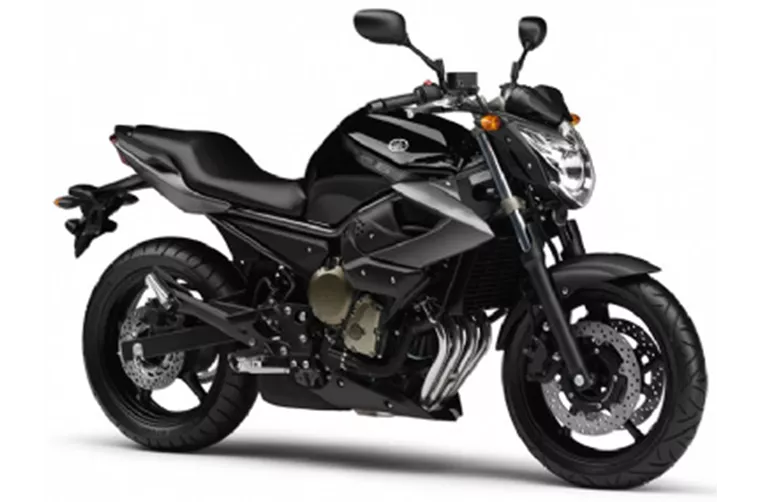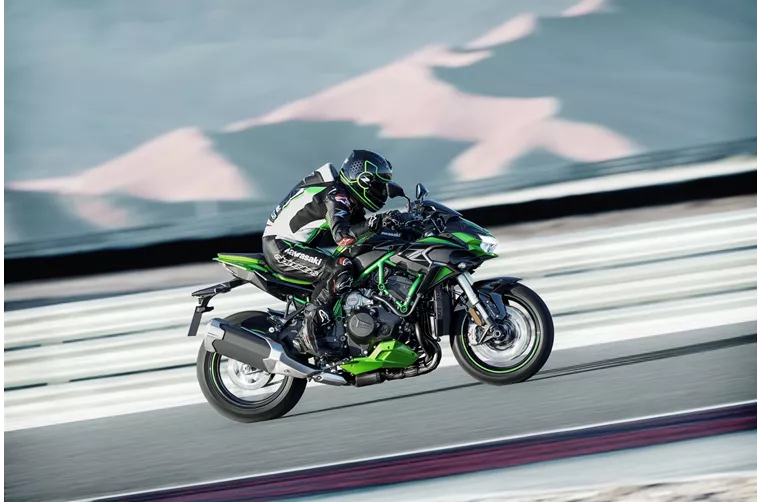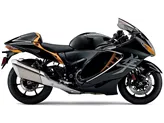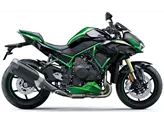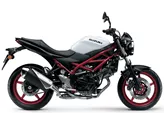Yamaha XJ6 2009 vs. Kawasaki Z H2 SE 2021

Yamaha XJ6 2009
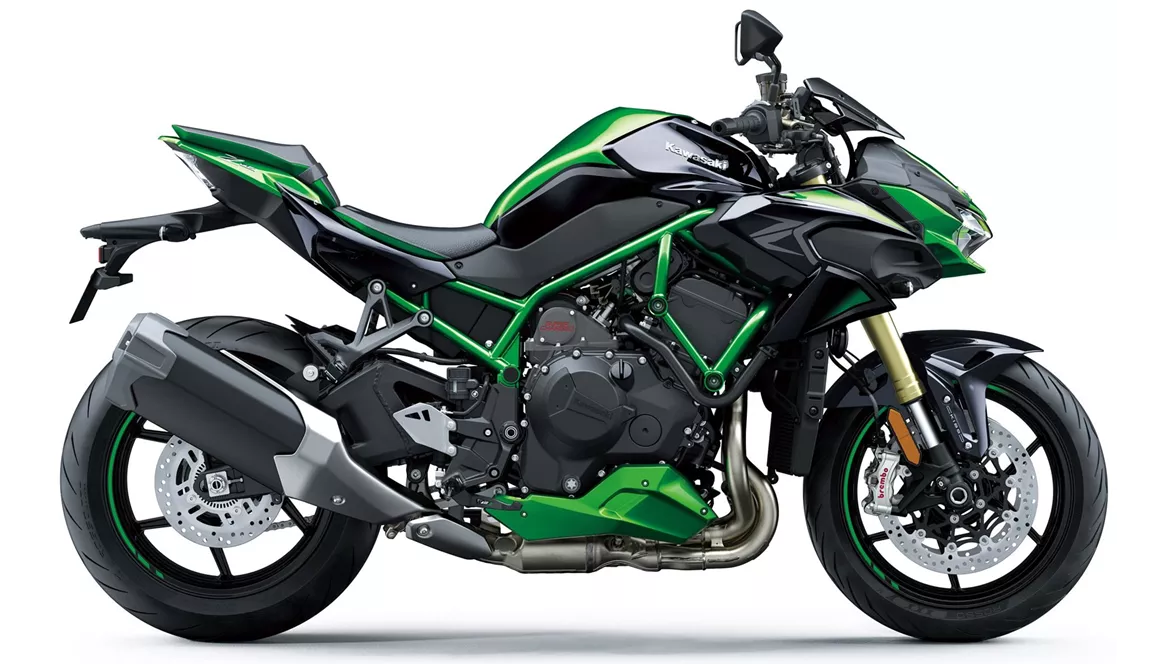
Kawasaki Z H2 SE 2021
Overview - Yamaha XJ6 2009 vs Kawasaki Z H2 SE 2021
The Yamaha XJ6 model year 2009 and the Kawasaki Z H2 SE model year 2021 are both naked bikes with similar technical specifications. However, there are significant differences between the two models.
In terms of engine power, the Yamaha XJ6 2009 has 78 HP, while the Kawasaki Z H2 SE 2021 boasts a much more powerful engine with 200 HP. This makes the Kawasaki Z H2 SE significantly faster and more capable of delivering thrilling acceleration.
In terms of torque, the Yamaha XJ6 2009 has 59.7 Nm, while the Kawasaki Z H2 SE 2021 has a much higher torque of 137 Nm. This higher torque allows the Kawasaki Z H2 SE to deliver more power and acceleration, making it more suitable for riders who enjoy high-performance riding.
Both bikes have 4 cylinders and liquid cooling, ensuring efficient engine performance and temperature control. The Yamaha XJ6 2009 has a displacement of 600 ccm, while the Kawasaki Z H2 SE 2021 has a larger displacement of 998 ccm. This larger displacement contributes to the Kawasaki's higher power output.

Yamaha XJ6 2009
In terms of suspension, the Yamaha XJ6 2009 features a telescopic fork front suspension, while the Kawasaki Z H2 SE 2021 has an upside-down telescopic fork front suspension. The upside-down fork on the Kawasaki provides better stability and control during aggressive riding.
Both bikes have a steel frame, with the Yamaha XJ6 2009 featuring a double cradle frame and the Kawasaki Z H2 SE 2021 featuring a tubular frame. These frames provide strength and stability to the bikes.
Both bikes have double disk front brakes, ensuring reliable and efficient stopping power. The Yamaha XJ6 2009 and the Kawasaki Z H2 SE 2021 have 17-inch front and rear tire diameters, contributing to their stability and handling.
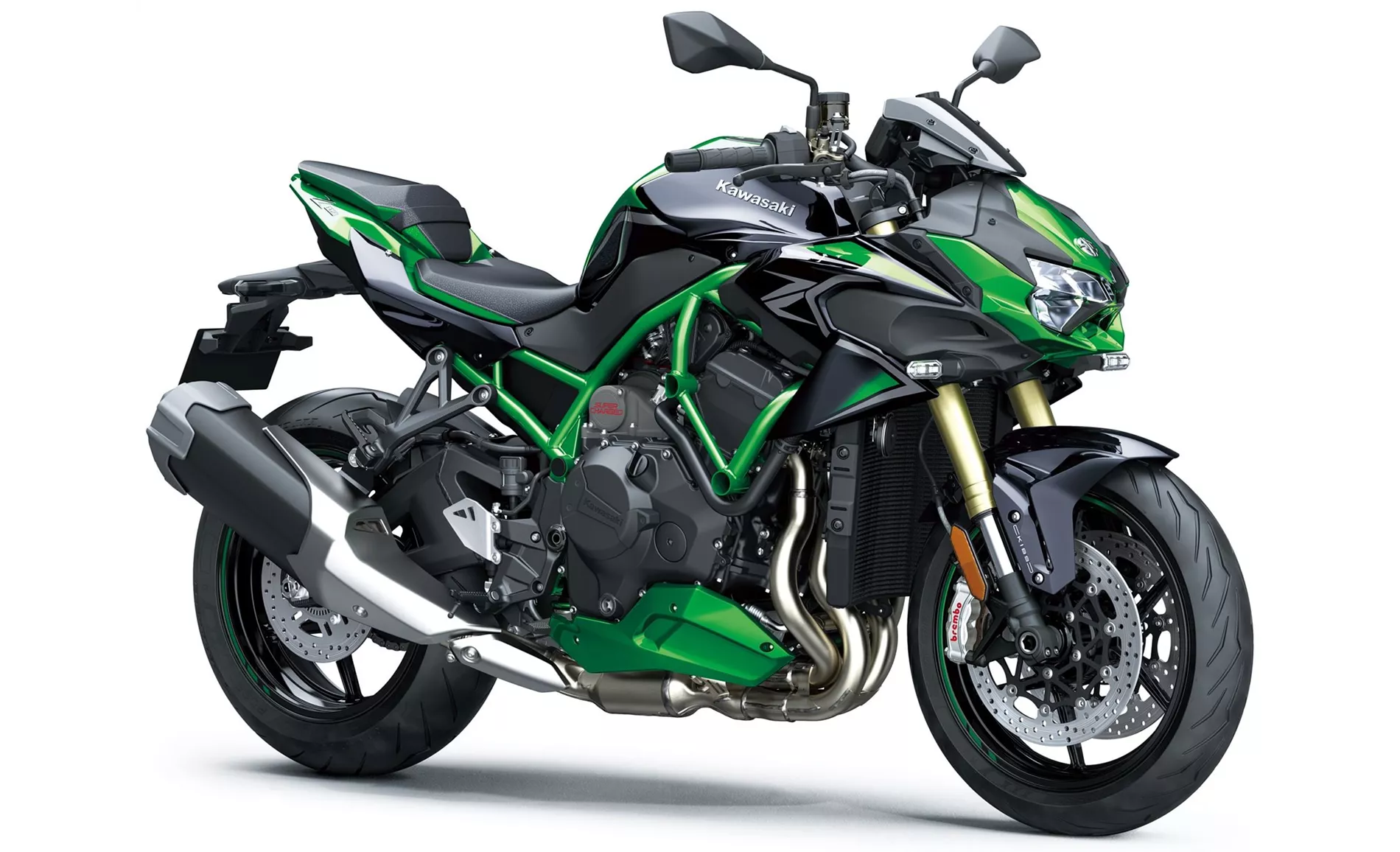
Kawasaki Z H2 SE 2021
In terms of dimensions and weights, the Yamaha XJ6 2009 has a wheelbase of 1440 mm, a seat height of 785 mm, and a fuel tank capacity of 17.3 liters. On the other hand, the Kawasaki Z H2 SE 2021 has a slightly longer wheelbase of 1455 mm, a higher seat height of 830 mm, and a larger fuel tank capacity of 19 liters.
When it comes to strengths, the Yamaha XJ6 2009 is known for its rider-friendly performance characteristics, optimal clutch, playful and lighter handling, comfortable seat, and individual, aggressive look. The Kawasaki Z H2 SE 2021, on the other hand, stands out for its incredibly powerful engine, electronic chassis offering comfort, independent look with good wind protection for a naked bike, and a reliable braking system.
In terms of weaknesses, the Yamaha XJ6 2009 has design components that are not too demanding and a torque development that may not be as impressive as the Kawasaki Z H2 SE 2021. The Kawasaki Z H2 SE 2021, on the other hand, has a high weight and handlebars that may be considered a little too narrow for some riders.
Overall, the Yamaha XJ6 2009 and the Kawasaki Z H2 SE 2021 are both impressive naked bikes with their own strengths and weaknesses. The Yamaha XJ6 2009 is more suitable for riders looking for a comfortable and agile bike with a unique design, while the Kawasaki Z H2 SE 2021 is better suited for riders seeking ultimate power and performance.
Technical Specifications Yamaha XJ6 2009 compared to Kawasaki Z H2 SE 2021
Pros and Cons in comparison
Pros and Cons in comparison
Yamaha XJ6 2009
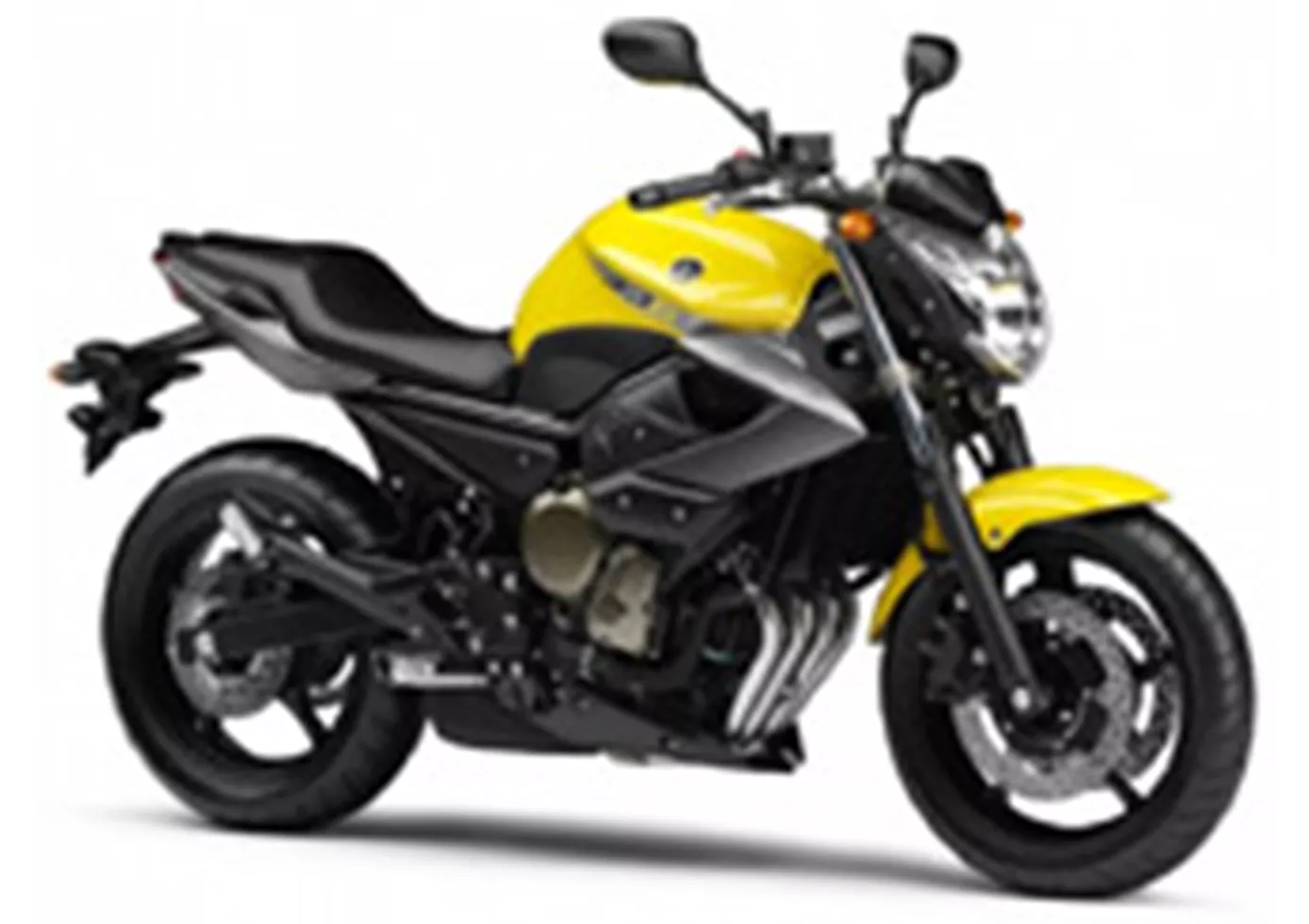
Despite the common basis, the XJ appears much younger and more aggressive. A mid-cass motorbike that by no means makes you feel mid-range. Except for the swingarm, the motorbike appears quite high-quality and cool. The bike is a little easier to handle than the Diversion.
Kawasaki Z H2 SE 2021
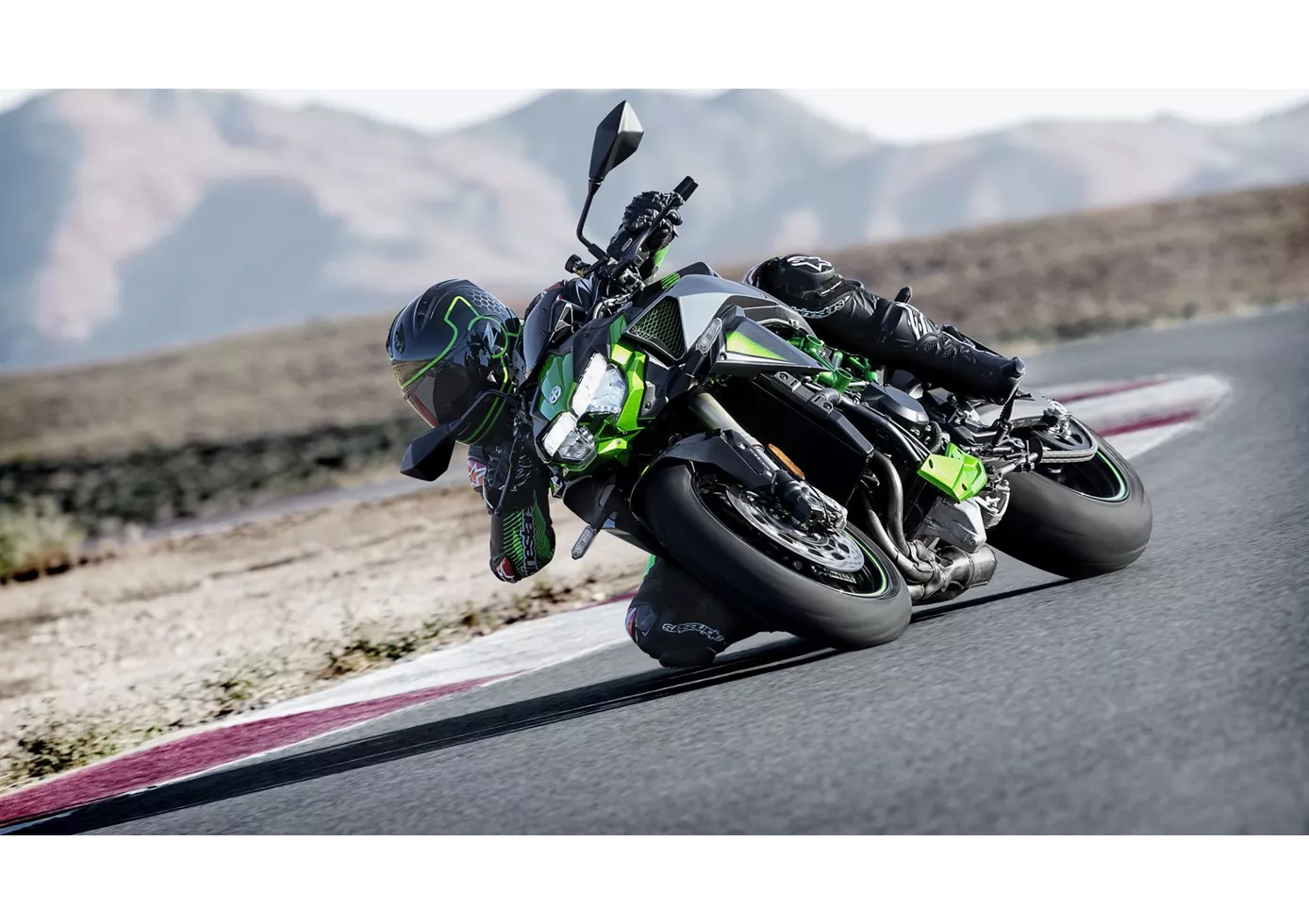
What a naked bike! The Kawasaki Z H2 SE has one thing that is absolutely addictive: a supercharged power unit that works like a steam catapult! The 200 hp from exactly one litre of displacement actually seem to unite from idle and tug together on the chain right up to the limiter. Nor can the Z H2 SE be accused of lacking stability; the electronically adjustable chassis does a good job and above all provides sufficient comfort. At almost 240 kilos ready to ride, the Kawa is of course no lightweight and needs to be pushed into the bends, but you can't call it unwieldy either. A slightly wider handlebar would help. The appearance is clearly a matter of taste, but the protruding front offers comparatively good wind protection.
Price Comparison Avarage Market Price Yamaha XJ6 vs Kawasaki Z H2 SE
There are a few key differences between a Yamaha XJ6 2009 and a Kawasaki Z H2 SE 2021. In terms of price, the actual average price of a Kawasaki Z H2 SE 2021 is about 313% higher. A Yamaha XJ6 2009 experiences a loss of 200 USD in one year and 20 USD in two years of ownership. This is offset by a loss of 3,180 USD and 4,550 USD for a Kawasaki Z H2 SE 2021. Compared to Kawasaki Z H2 SE 2021 there are more Yamaha XJ6 2009 bikes available on the 1000PS.de Marketplace, specifically 6 compared to 5. It takes less time to sell a Yamaha XJ6 with 31 days compared to 70 days for a Kawasaki Z H2 SE. Since model year 2009 1000PS.de editors have written 4 reviews for the Yamaha XJ6 and 9 reviews for the Kawasaki Z H2 SE since model year 2021. The first review for the Yamaha XJ6 was published on 11/13/2008 and now has more than 21,900 views. This compares to more than 24,400 views for the first review on Kawasaki Z H2 SE published on 11/23/2020.
